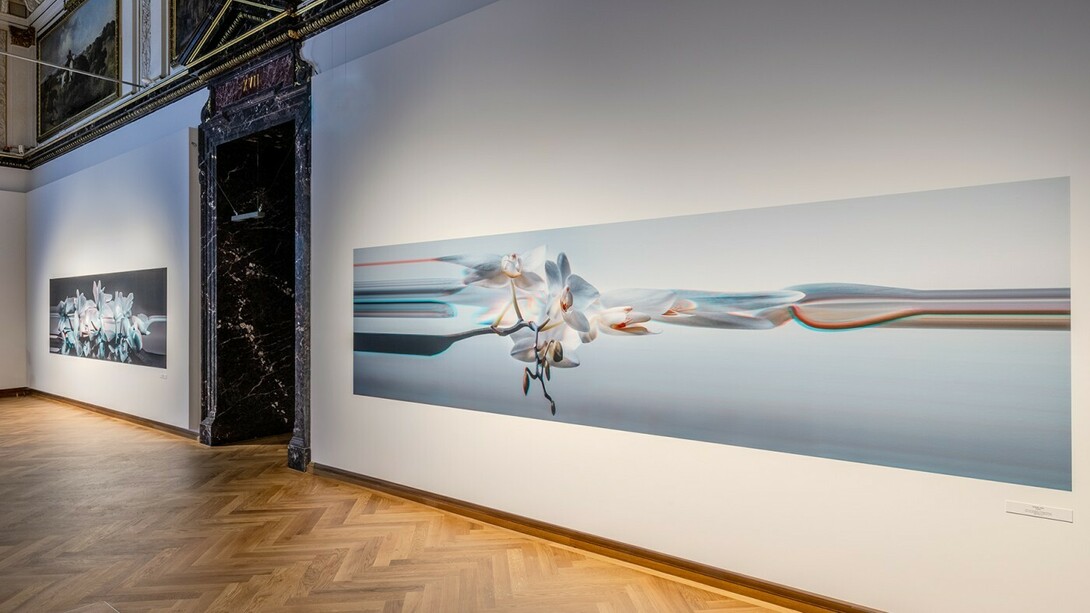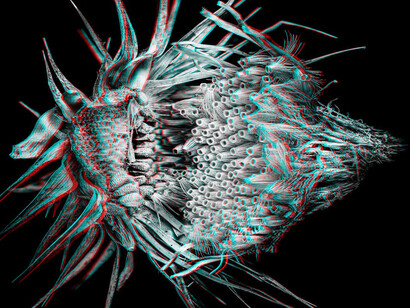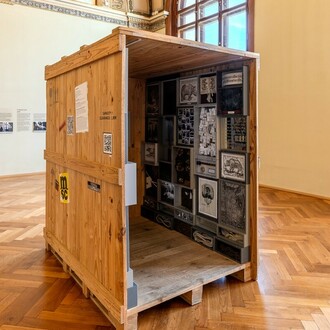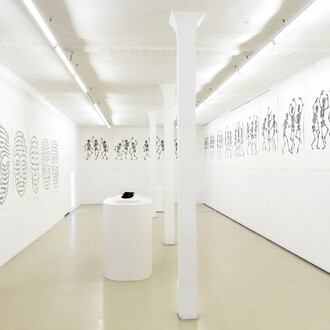Experience a very different view of plants at this special exhibition! It features 3D photos by the internationally acclaimed cinematographer, director, and photographer Sebastian Cramer. Cramer puts a focus on the beauty of plants and also shows how specimens are kept in herbaria. Herbaria are scientific collections that document plants. The exhibition also gives a behind the scenes glimpse of the botanical collection at the NHM Vienna. With an estimated 5.5 million specimens, it is one of the ten largest in the world.
The idea for the project originated on an autumn day in 2016. Seed heads of a clematis gently moving in a breeze inspired Sebastian Cramer to take a closer look at plants. This led to his book Two views on plants and the current exhibition, put together exclusively for the NHM Vienna. Both projects represent Cramer's contemporary approach to historical stereophotography, which was very popular in the 19th century. With his striking 3D images, the photographer portrays plant diversity and encourages us to look at plants from a new perspective. Some of the 3D photographs also depict a particular preservation method used in herbaria: specimens preserved in spirit.
A focus on plants
In this exhibition we highlight plants because they are the basis for our life. Plants directly influence our physical and mental wellbeing. They, and other photosynthetic organisms have the ability to produce their own food: this is through a chemical reaction that involves the green pigment chlorophyll, uses sunlight as energy input, and produces sugars as output. Most other organisms, humans included, must eat plants to get the energy they need to live. Plants are also beneficial for our mental health. For example, it has been shown that looking at plants has a positive effect on stress response recovery.
The botanical collections at the NHM Vienna
The museum’s herbarium is one of the world's largest botanical collections. It documents the morphology of different plant species and their distribution, but also who collected the specimens on which expeditions and other data. The herbarium at the NHM Vienna is rich in historical collections from the 19th and 20th centuries and includes many type specimens, which are a kind of "birth certificate" for a scientific plant name. The collection includes plants from all over the world, with a focus on Austrian, Mediterranean, and Neotropical species plus significant collections from Asia Minor, Australasia, and South Africa. The herbarium also contains many specimens of spore-producing plants, such as ferns, liverworts, and mosses, as well as other organisms including algae, fungi, and lichens (cryptogams).















